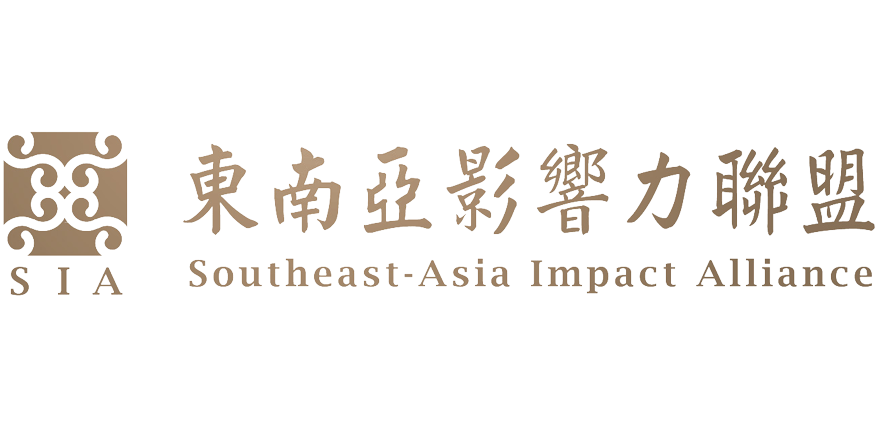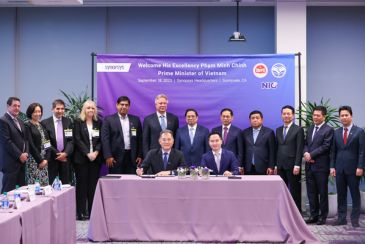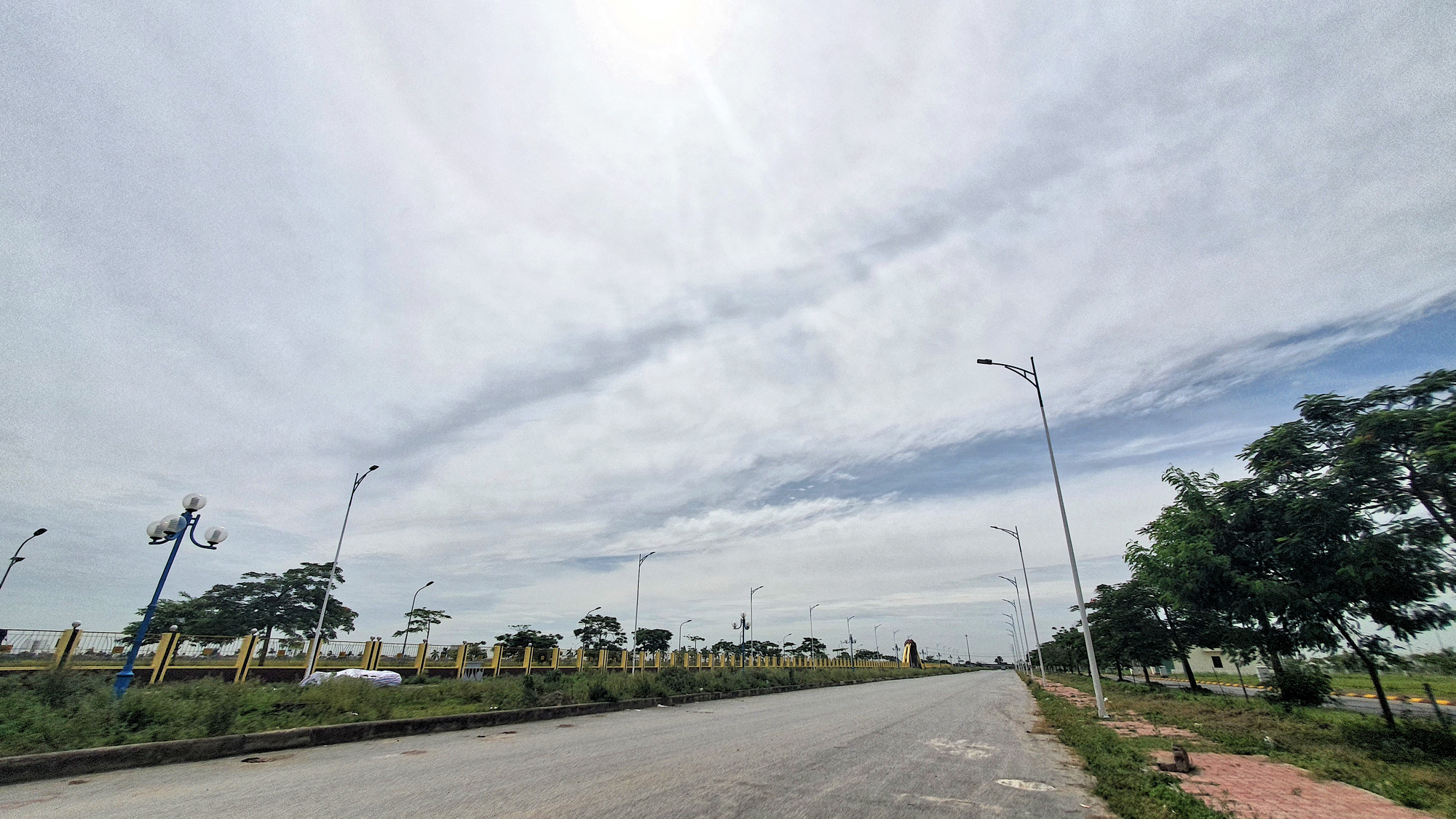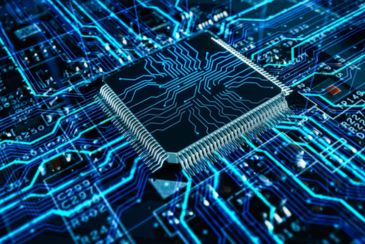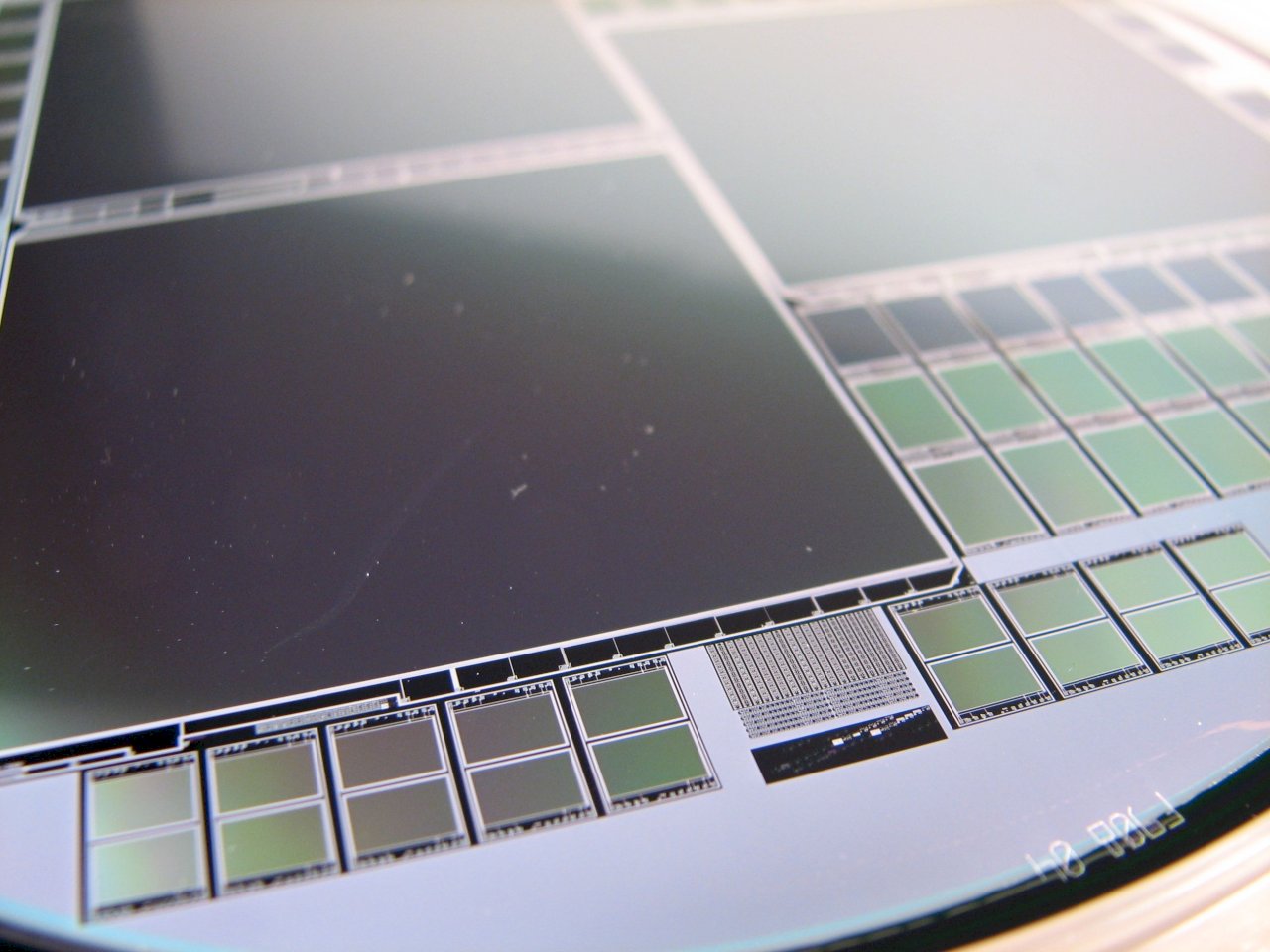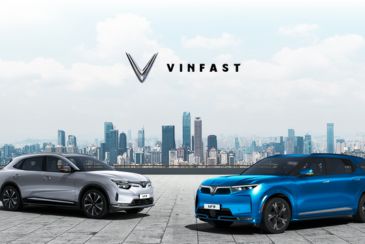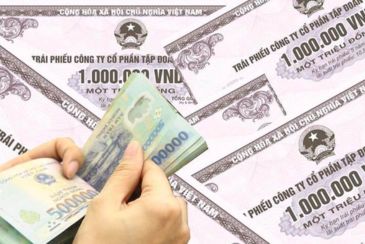Billionaire Vingroup announces good news about VinFast: Electric vehicle revenue soars
(Dan Tri News) – VinFast reported a total revenue of $334.1 million, a 303.3% increase compared to the first quarter, primarily driven by the surging electric vehicle delivery business.
VinFast Auto Ltd. (NASDAQ stock code: VFS), a subsidiary of Vingroup Group, has just released the results of its independent financial report for the second quarter.
According to this, the revenue from car sales reached 7.488 trillion Vietnamese Dong (equivalent to 314.6 million USD), a 147% increase compared to the same period and a 387.3% increase compared to the first quarter. This brought the total revenue for the second quarter to 7.953 trillion Vietnamese Dong (equivalent to 334.1 million USD), a 131.2% increase compared to the same period and a 303.3% increase compared to the first quarter. The majority of the total revenue comes from electric car sales.
Specifically, in the second quarter alone, the company delivered a total of 9,535 electric cars (including models VF e34, VF 5, VF 8, VF 9, and electric buses) and 10,182 electric motorcycles. While the sales volume of electric motorcycles increased only slightly, the quantity of electric cars increased more than fivefold.
However, the car company of billionaire Pham Nhat Vuong still recorded a gross loss from business operations of 715 billion Vietnamese Dong (equivalent to 114.1 million USD). This figure increased by 7.5% compared to the second quarter of the previous year and decreased by 28.7% compared to the first quarter.
As a result, the gross profit margin improved to -34.1% in the past second quarter compared to -73.4% in the second quarter of 2022 and -193.2% in the first quarter.
VinFast also announced a loss from business operations of 230 billion Vietnamese Dong (equivalent to 387.8 million USD), a 20% decrease compared to the second quarter of 2022 and a 17.2% decrease compared to the first quarter. The reduced loss was primarily due to strong revenue growth and improved profit margins compared to previous quarters.
In the past second quarter, the company’s net loss decreased by 8.2% compared to the same period and decreased by 11.2% compared to the first quarter, reaching 12,535 billion Vietnamese Dong (equivalent to 526.7 million USD). The total assets amounted to 116.828 trillion Vietnamese Dong (equivalent to 4.91 billion USD) as of June 30.
VinFast stated that as of June 30, the company has 122 showrooms for electric cars worldwide and 245 showrooms and service centers for electric motorcycles.
The announcement of the second-quarter business results was made by VinFast after the company listed its shares on the Nasdaq stock exchange in the United States.
VinFast’s Global CEO, Le Thi Thu Thuy, mentioned that the company is confident in seizing significant global opportunities in the field of green mobility and is ready to execute its strategic goals.
On the other hand, David Mansfield, VinFast’s Chief Financial Officer, stated that the second-quarter business results were marked by high growth and improved profitability.
Support from Pham Nhat Vuong and Vingroup is believed to have helped VinFast invest further in innovation and product development, as well as expand into new markets.
On July 28th, VinFast officially broke ground for its manufacturing plant in North Carolina, USA, with a capacity of up to 150,000 vehicles per year. Subsequently, the company also announced that the Environmental Protection Agency (EPA) certified the range of the VF 9 electric model as 330 miles (Eco version) and 291 miles (Plus version). These figures exceeded VinFast’s initial announcement.
In terms of business operations, VinFast unveiled its strategy to expand into markets such as Indonesia, Malaysia, India, and Middle Eastern countries. Currently, VinFast operates primarily in three markets: Vietnam, North America (USA, Canada), and Europe (France, the Netherlands, Germany). Expanding operations into other Asian countries will be a significant milestone in the company’s global business development strategy.
VinFast’s product range currently includes 7 models of electric cars ranging from minicars to large SUVs, 9 models of electric motorcycles from standard to premium, electric buses, electric bicycles, charging stations, and energy solutions from the Vingroup ecosystem.
 VinFast ranks 13th in the world in terms of market capitalization (Source: Companiesmarketcap)
VinFast ranks 13th in the world in terms of market capitalization (Source: Companiesmarketcap)
On the U.S. stock market, VinFast’s stock (VFS) closed at $17.19 on September 20th. The corresponding market capitalization of VinFast is $39.78 billion, ranking it 13th on the list of the world’s largest automotive companies by market capitalization.
Refer to the original post here
For additional details, refer to our SIA services | Link
